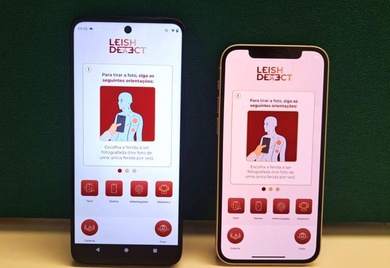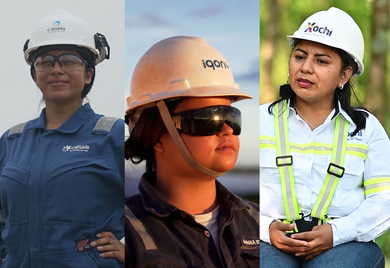Impact management in action: takeaways for the private sector

A similar shift is underway in the corporate world as companies are increasingly seeking to align their businesses with the Sustainable Development Goals, as well as to measure and report on sustainability efforts in a more systematic way. Reflecting this trend, in 2017 85% of S&P 500 companies reported on their environmental, social, and governance performance, up from 20% in 2011.
Likewise, for IDB Invest, as a development bank working with the private sector, assessing and measuring the development impact of our operations is key for guiding our investment decisions, helping our clients maximize benefits for stakeholders, managing portfolio performance, and ensuring continuous learning. The results of these efforts are captured each year in the IDB Group’s Development Effectiveness Overview (DEO).
The DEO helps us to visualize IDB Invest’s impact management framework in action. The following are some of the main takeaways for the private sector from this year’s report.
Assessing an investment’s potential for social or environmental impact up front
First, determining the development impact potential of each project (using our DELTA tool) from the onset is a critical step. In a nutshell, the DELTA is a rigorous, fact-based scoring system that assesses each project’s development impact (its potential contribution to social and economic development, business performance, and sustainability) and additionality (to what extent the deal provides terms and conditions better than those available in the market or helps to mitigate risk; for more on additionality, click here).
The DELTA can also help companies and investors to think more concretely about how to articulate, measure, and manage the impact of their operations and investments more broadly.
Providing a sector perspective, the DEO highlights various trends in DELTA scores. For instance, infrastructure and clean energy projects usually have the highest development outcome scores, given the positive social and economic contribution they tend to have on a large number of final beneficiaries and their positive environmental impact. Corporate projects also tend to have high development impact potential, such as increased value chain inclusion for small producers in the case of agribusiness projects or better digital connectivity for underserved communities in telecom projects. Financial institution operations typically have high financial additionality since IDB Invest’s longer-term funding complements how financial institutions finance their operations with short-term deposits.
The DELTA also serves as a checklist, guiding our work with clients to design better projects. For example, if an agribusiness client is seeking to boost its productivity, one aspect the DELTA will look at is how the investment will also enhance the productivity of the small producers and suppliers in its value chain. Likewise, for a bank client looking to build its small and medium-sized enterprise lending portfolio, the DELTA assesses the bank’s strategy for reaching underserved market segments, among other elements, and helps to illuminate where additional support from IDB Invest may be needed to fortify this strategy.
Learning from the good and the bad and correcting course as needed
Next, the launch of our new monitoring approach based on the DELTA provides continuity from the design to the supervision stage, helping us to better meet our clients’ evolving needs and adjust course as needed to make sure development impact targets are met.
Likewise, in-depth evaluations that take place once an operation reaches a certain level of maturity help us to learn from both successes and failures. For example, lessons from more mature energy or transport projects can feed into the design of new infrastructure operations, helping private sector clients structure more effective investments.
Working with clients to test the effectiveness of new products and approaches
Finally, impact evaluations are a powerful tool to help private sector clients understand the effectiveness of new products or processes both for their business and from a development perspective.
For example, we have been working with financial institutions to see what works best for promoting savings among low-income populations. A study conducted in partnership with Banco Familiar in Paraguay found that encouraging low-income people to set a specific savings objective to prepare for unforeseen emergencies was the most effective approach, and larger impacts were observed on people receiving text message reminders. Findings such as these can help shorten the learning curve for other banks looking to reach this population segment.
These are just some of the private sector-related highlights from the 2018 DEO. Check out the full publication or Executive Summary to learn more.
LIKE WHAT YOU JUST READ?
Subscribe to our mailing list to stay informed on the latest IDB Invest news, blog posts, upcoming events, and to learn more about specific areas of interest.
Subscribe



